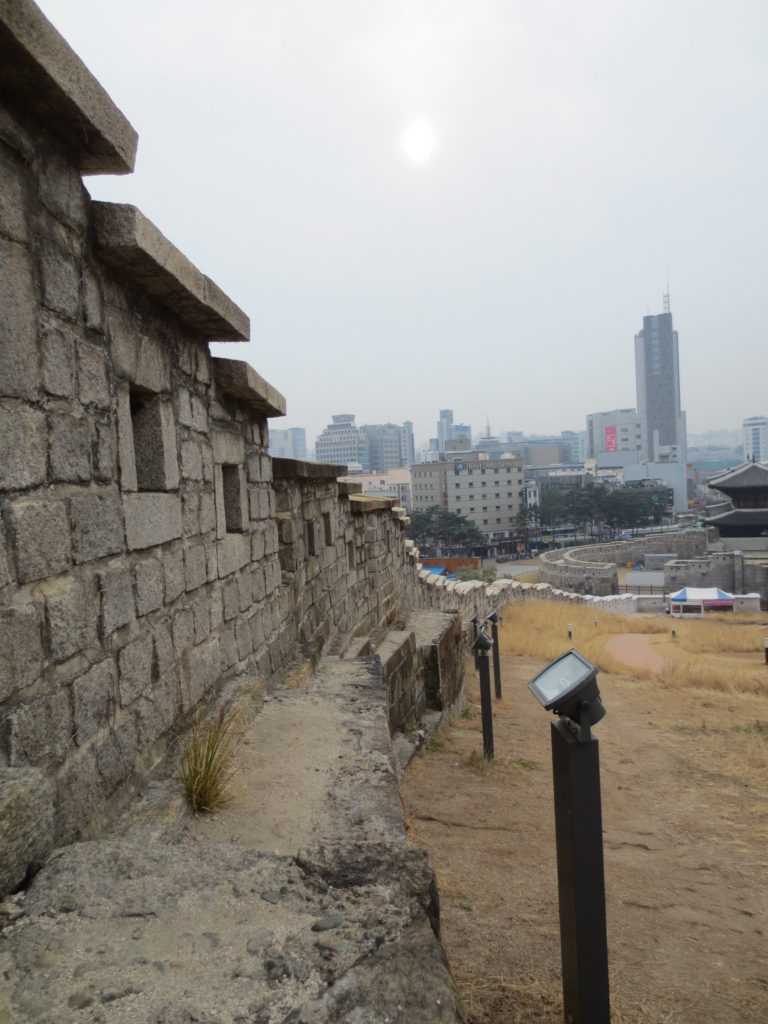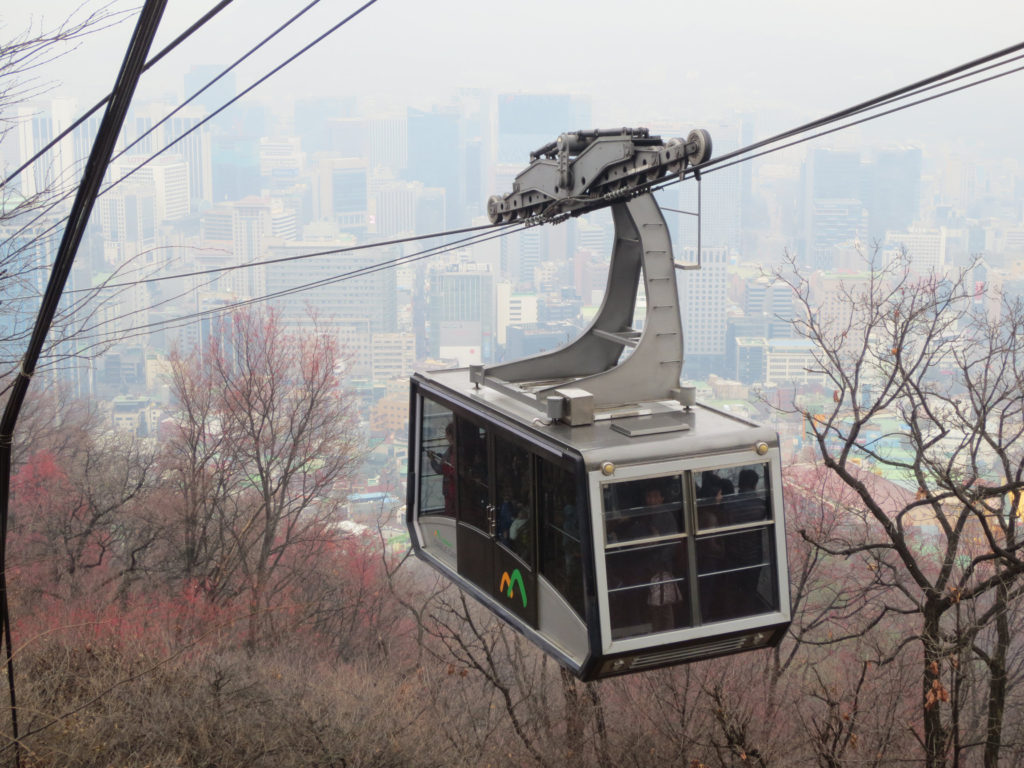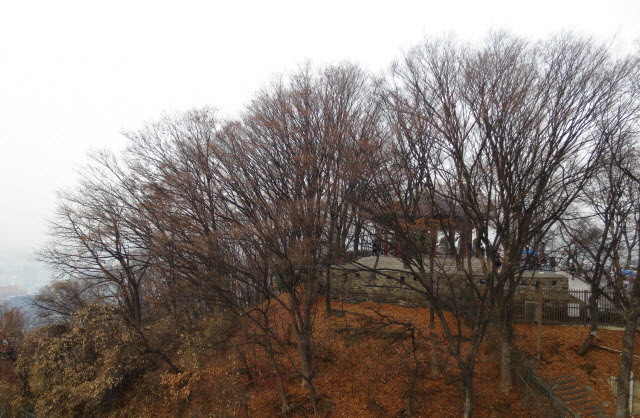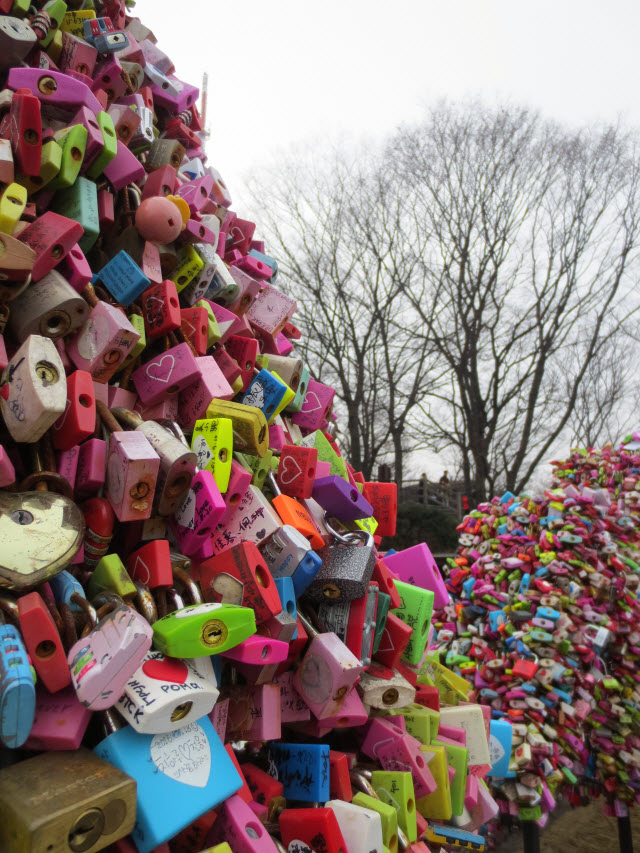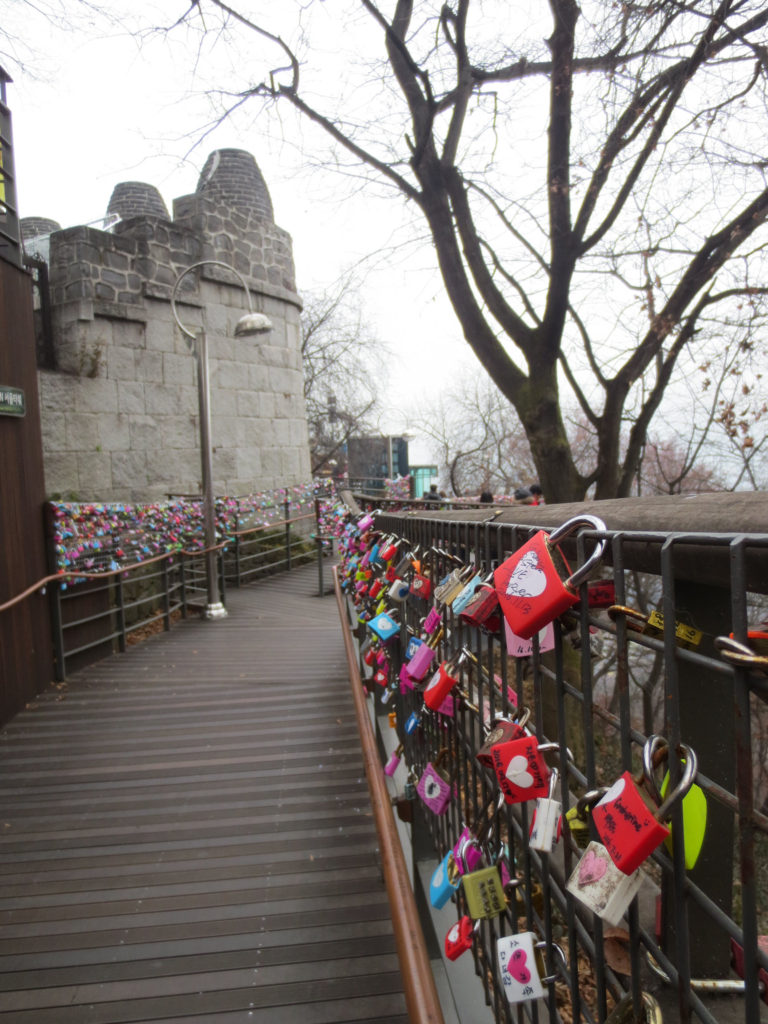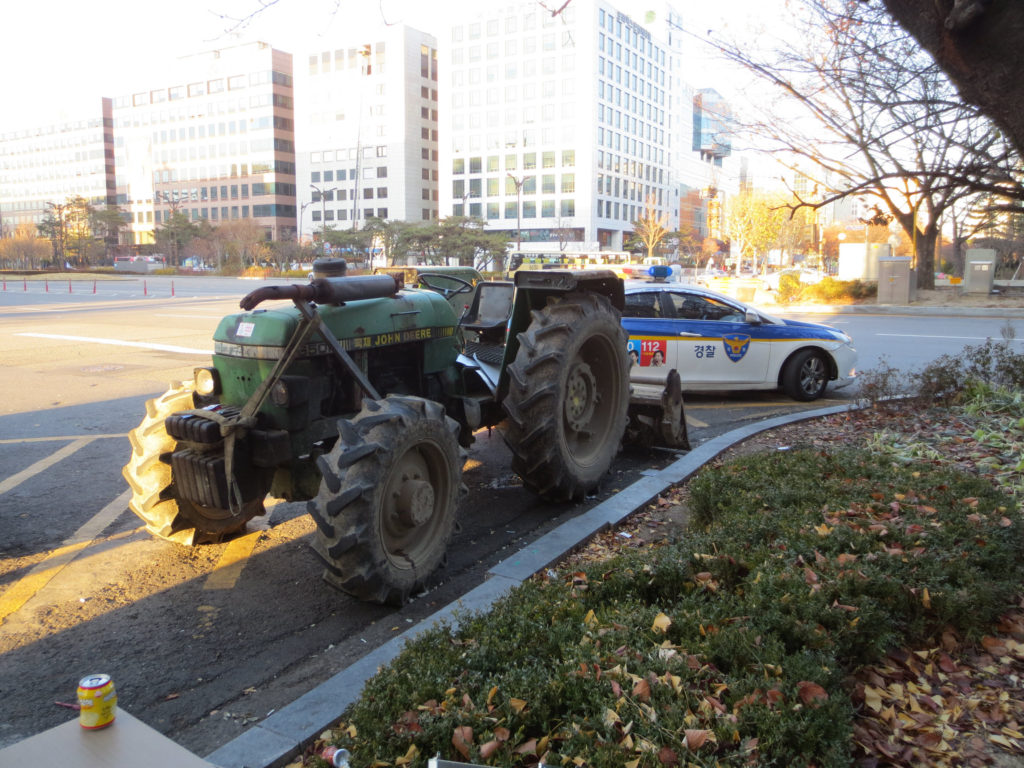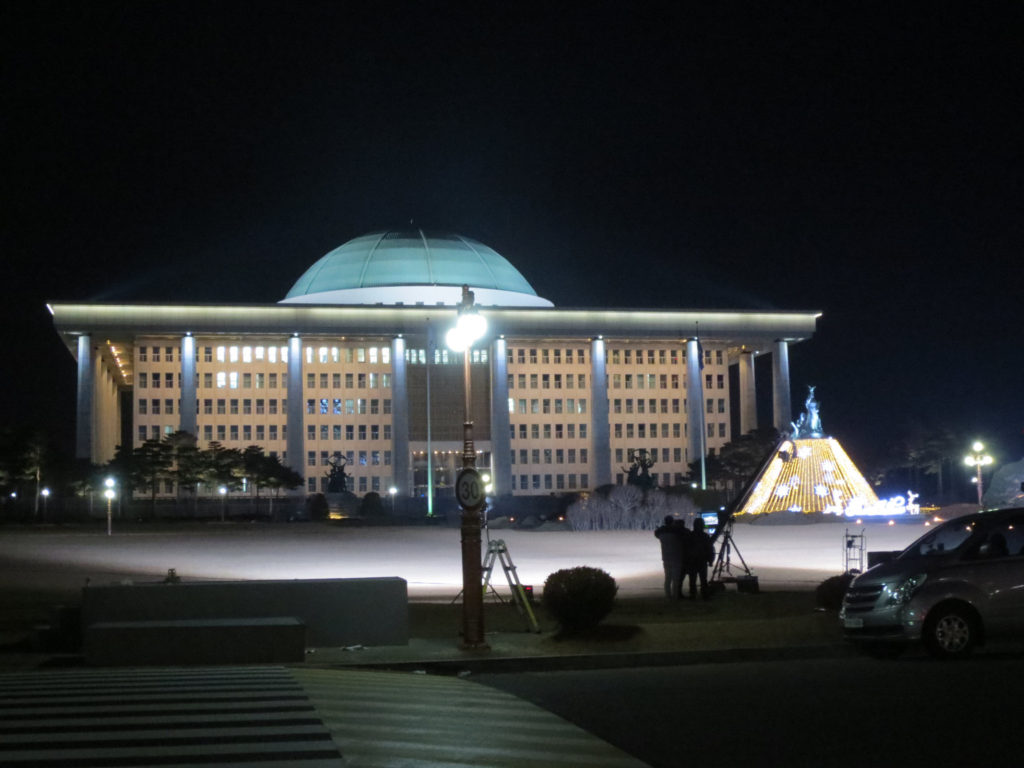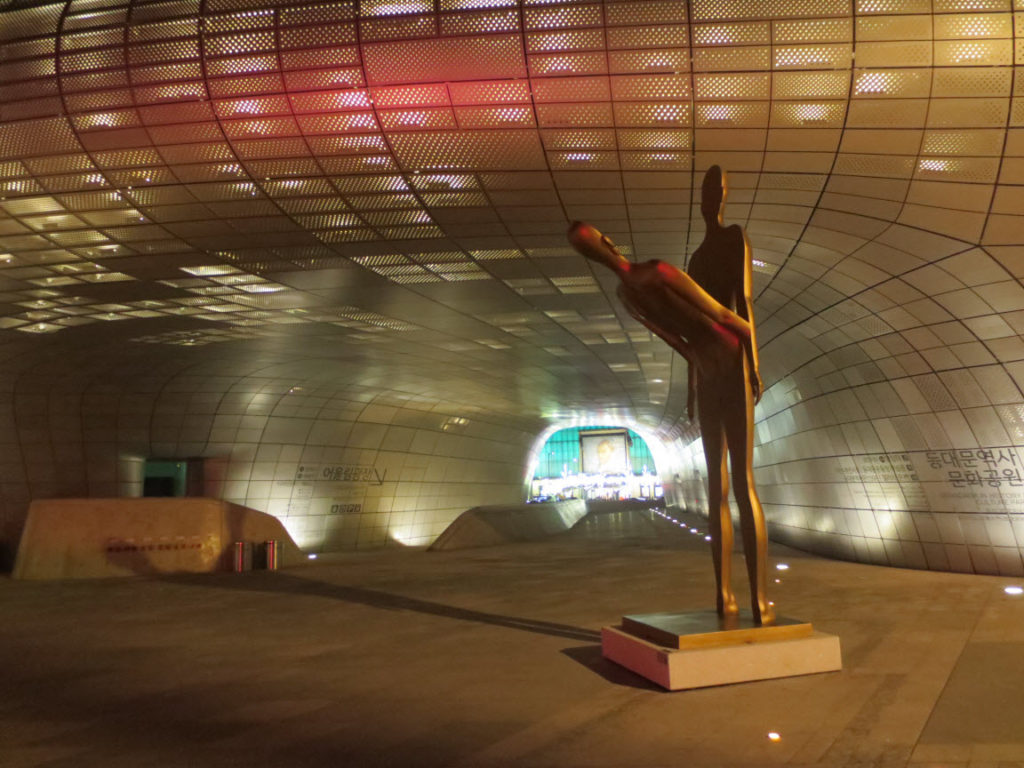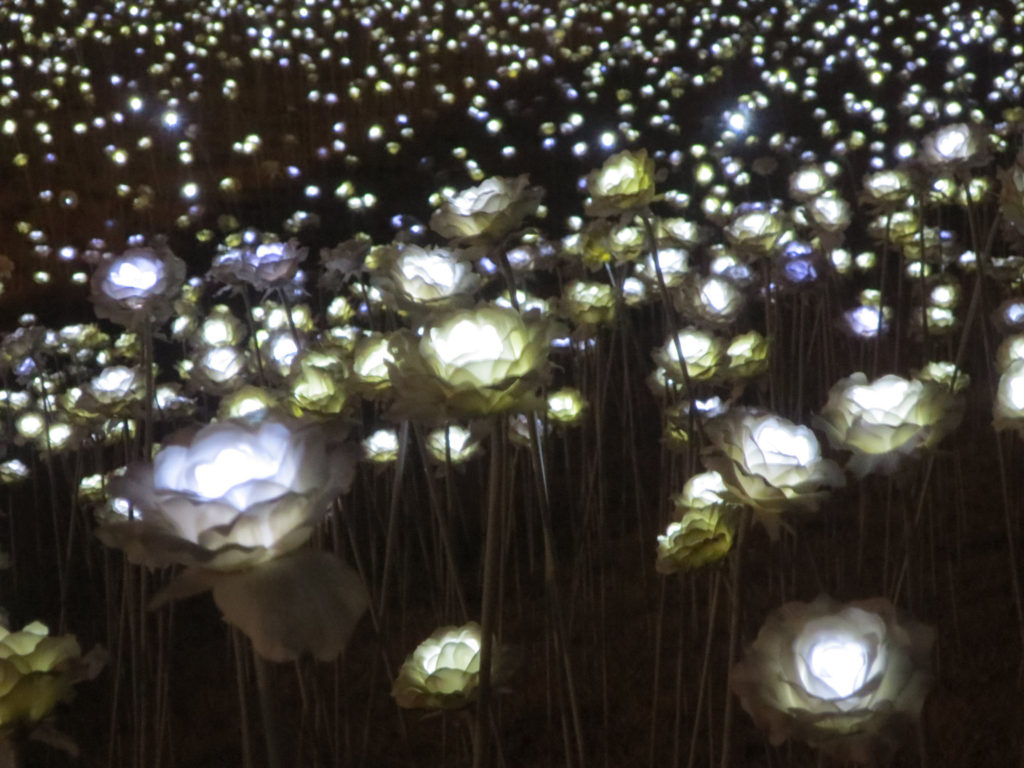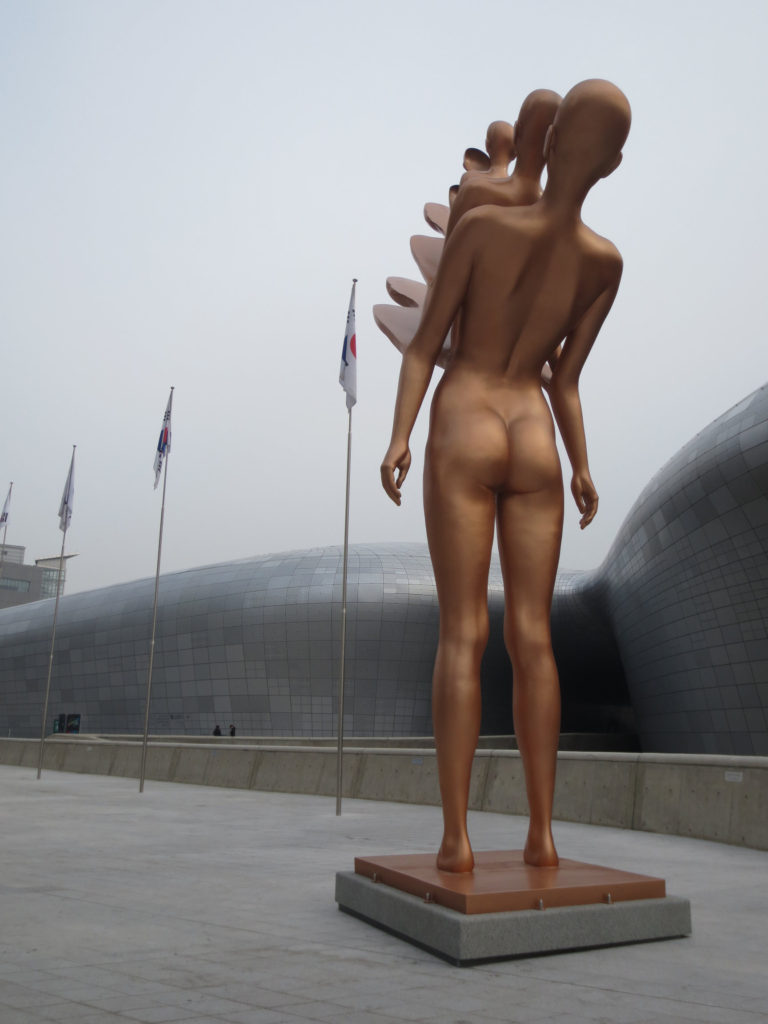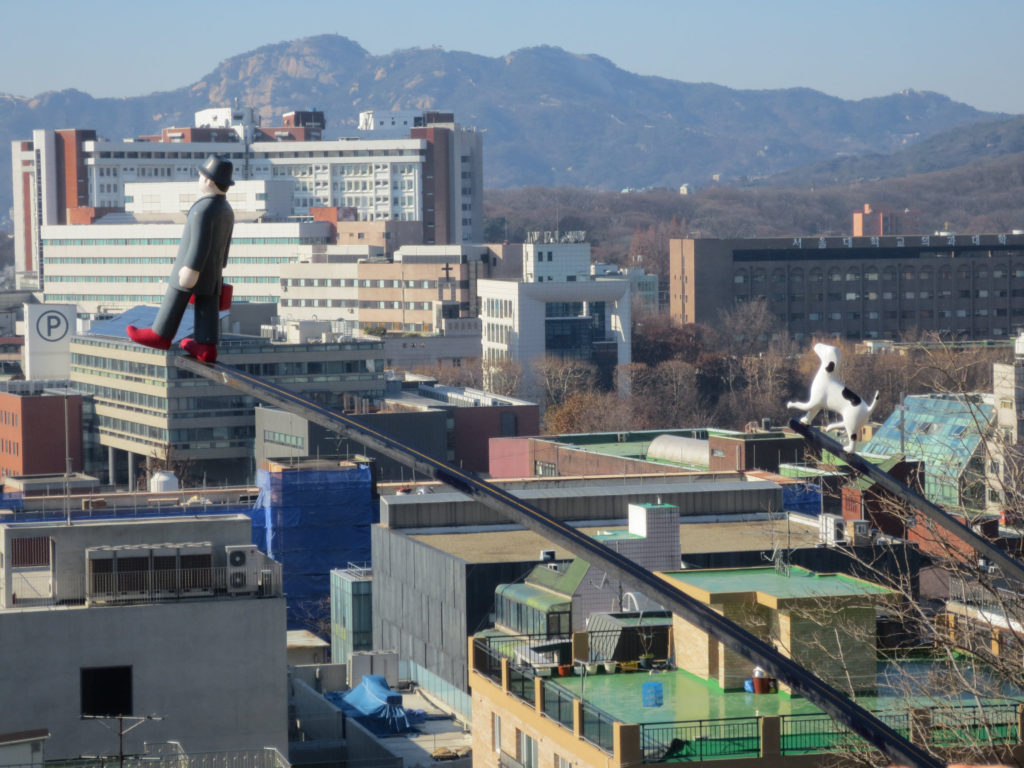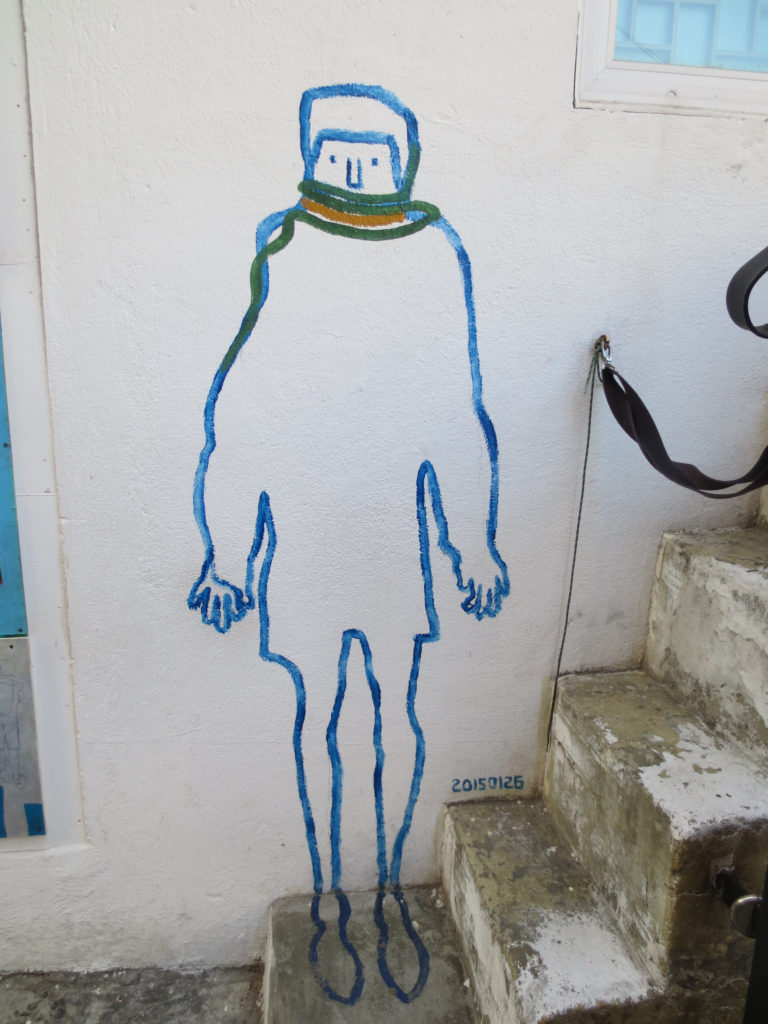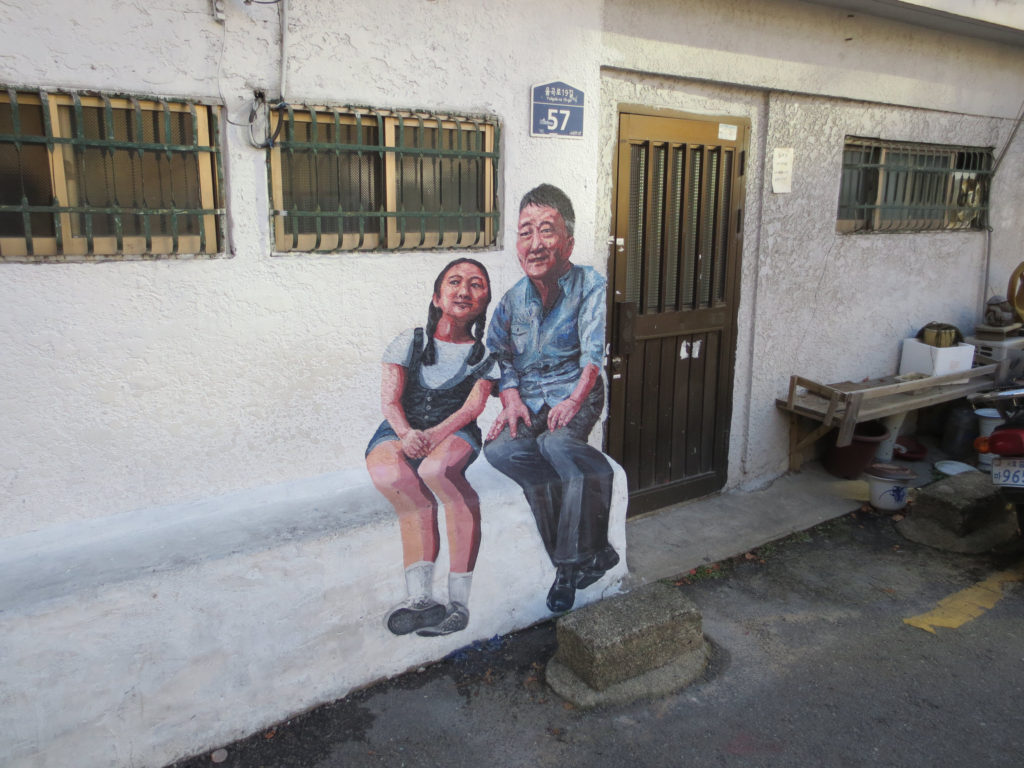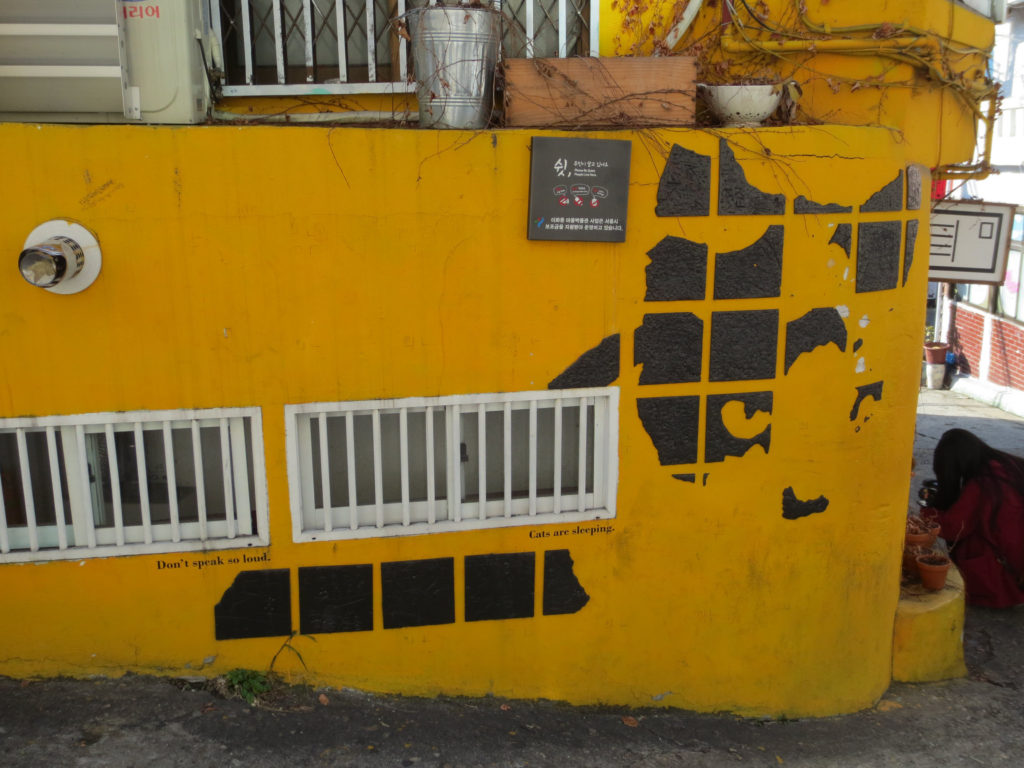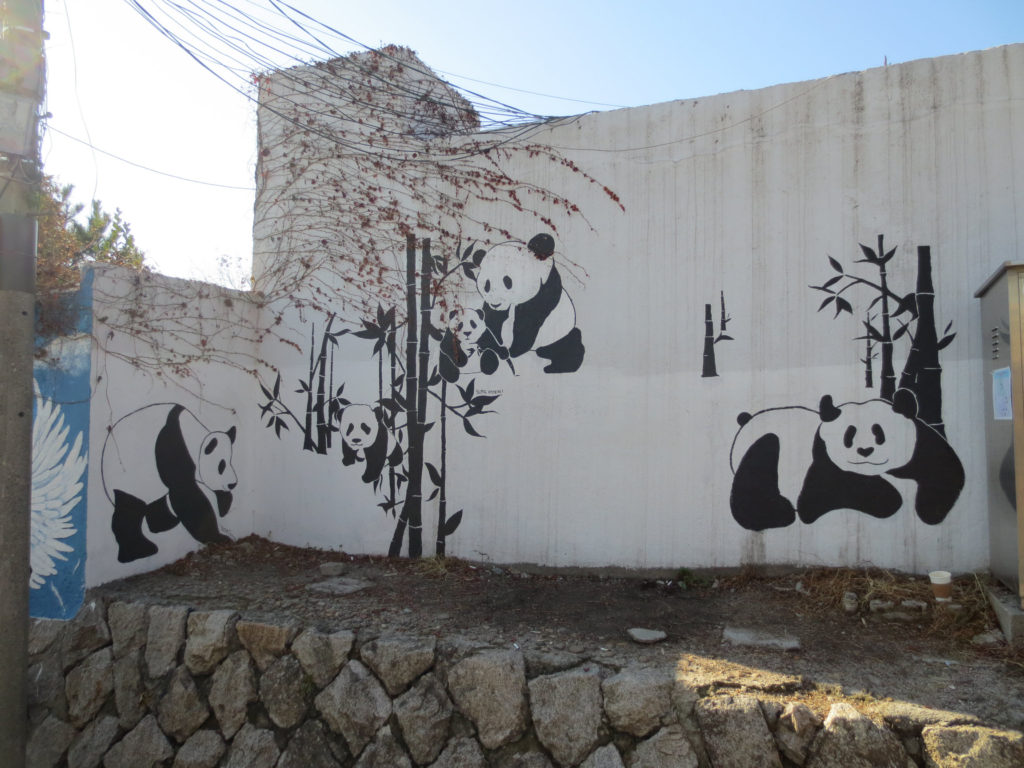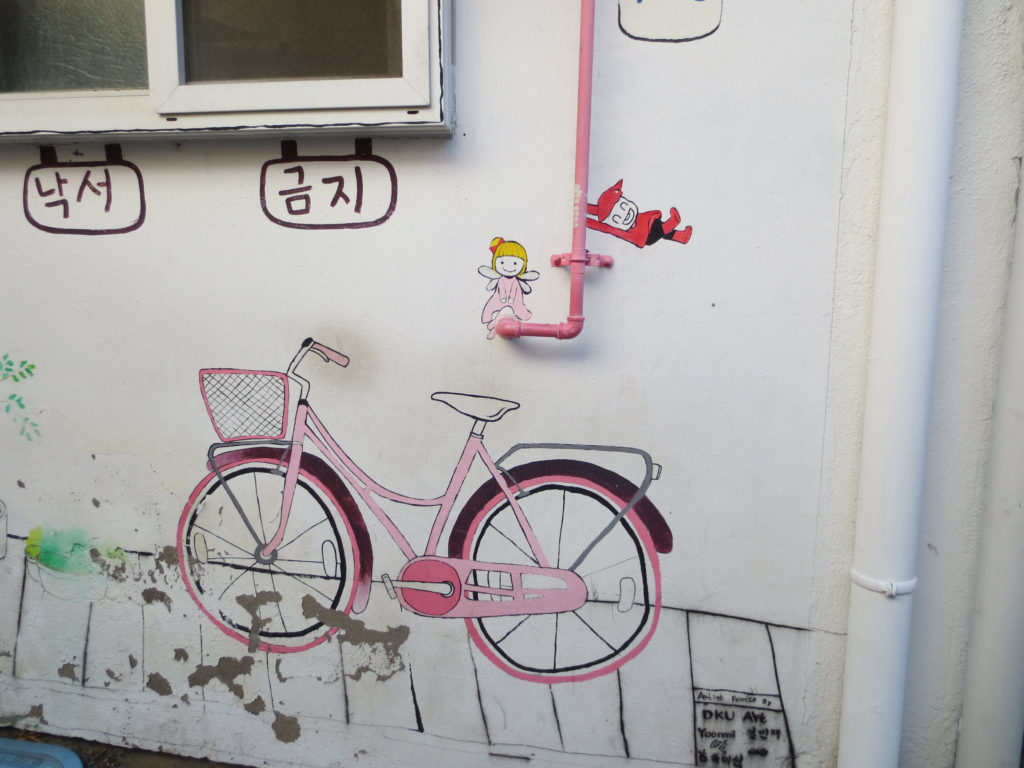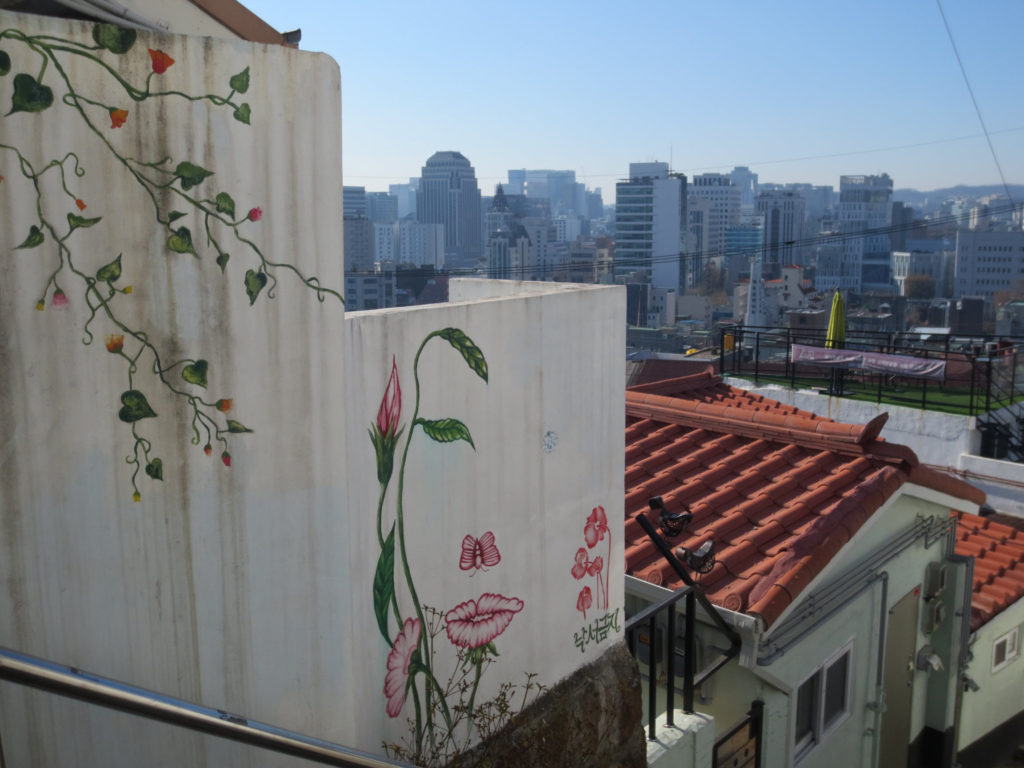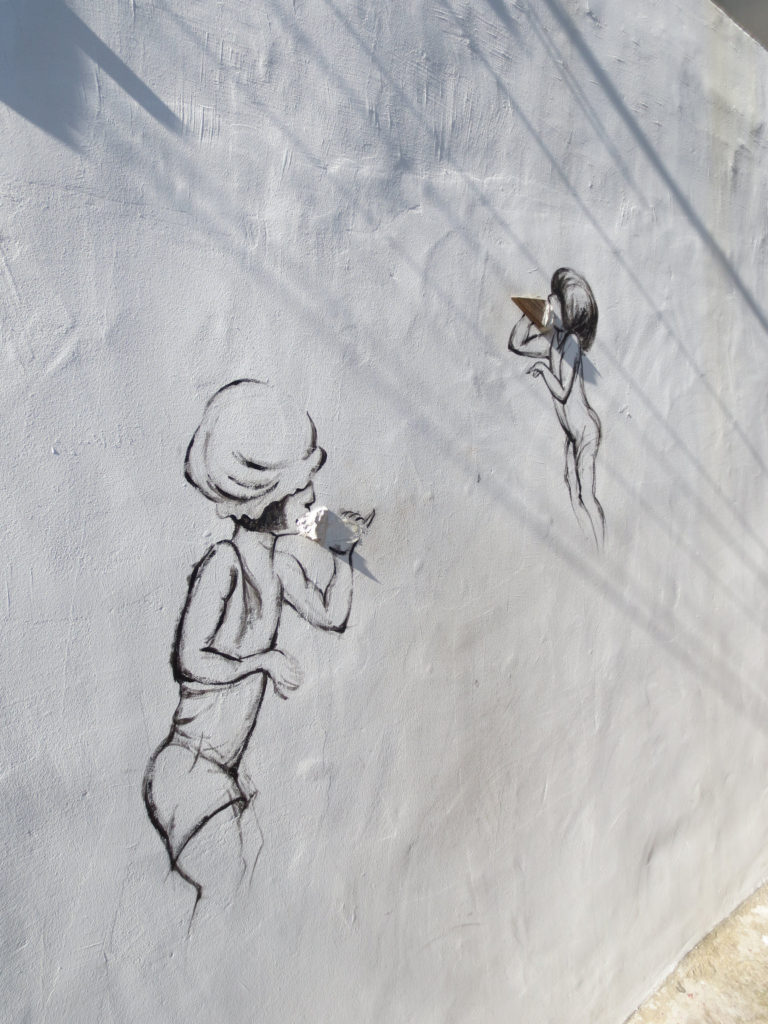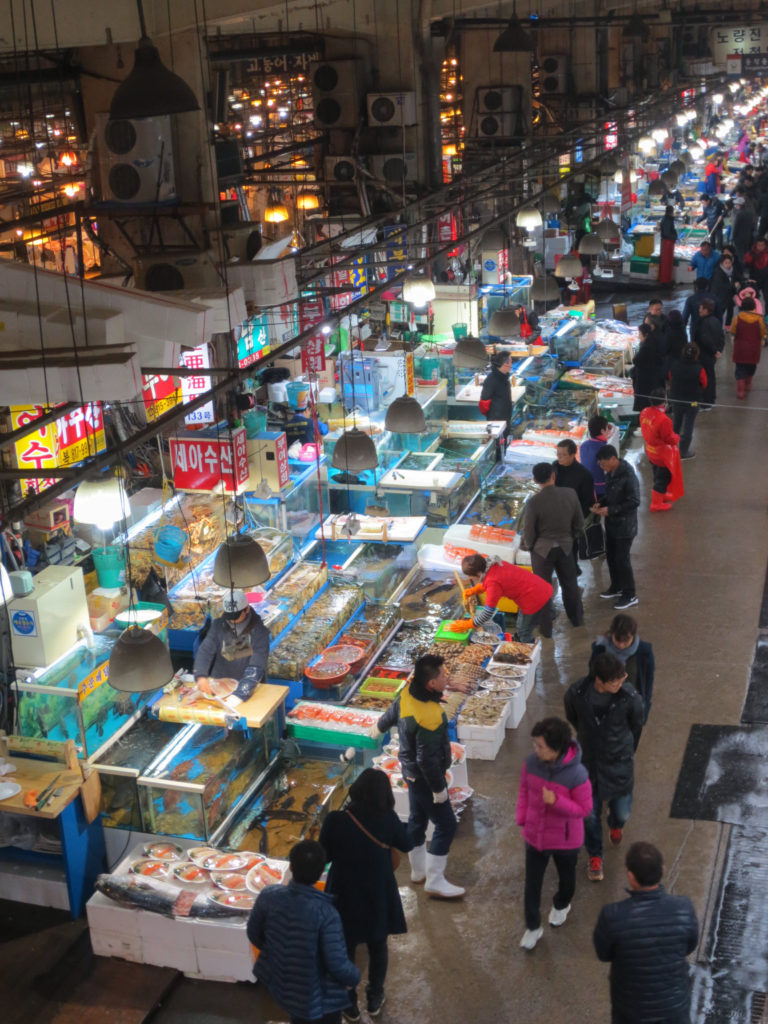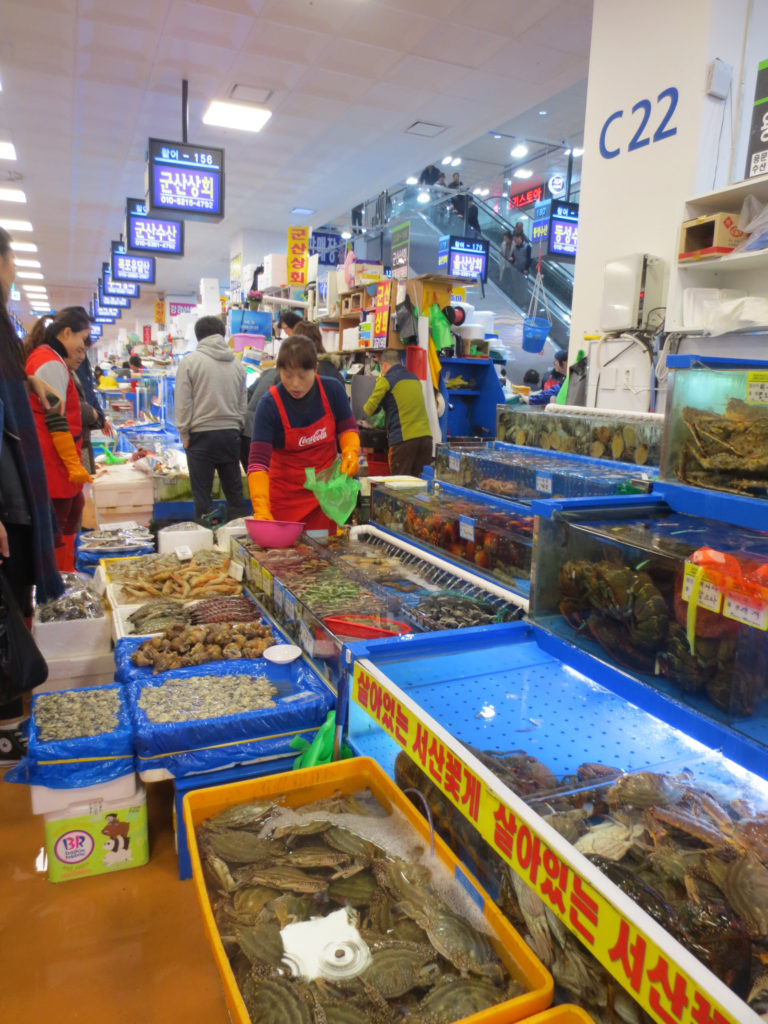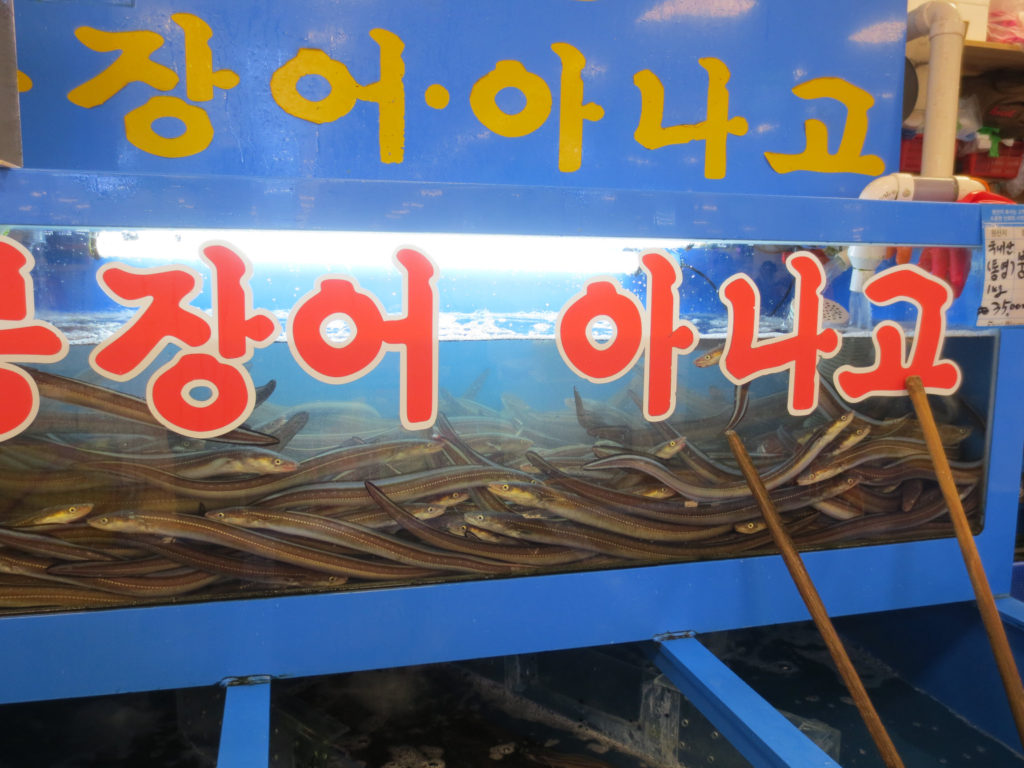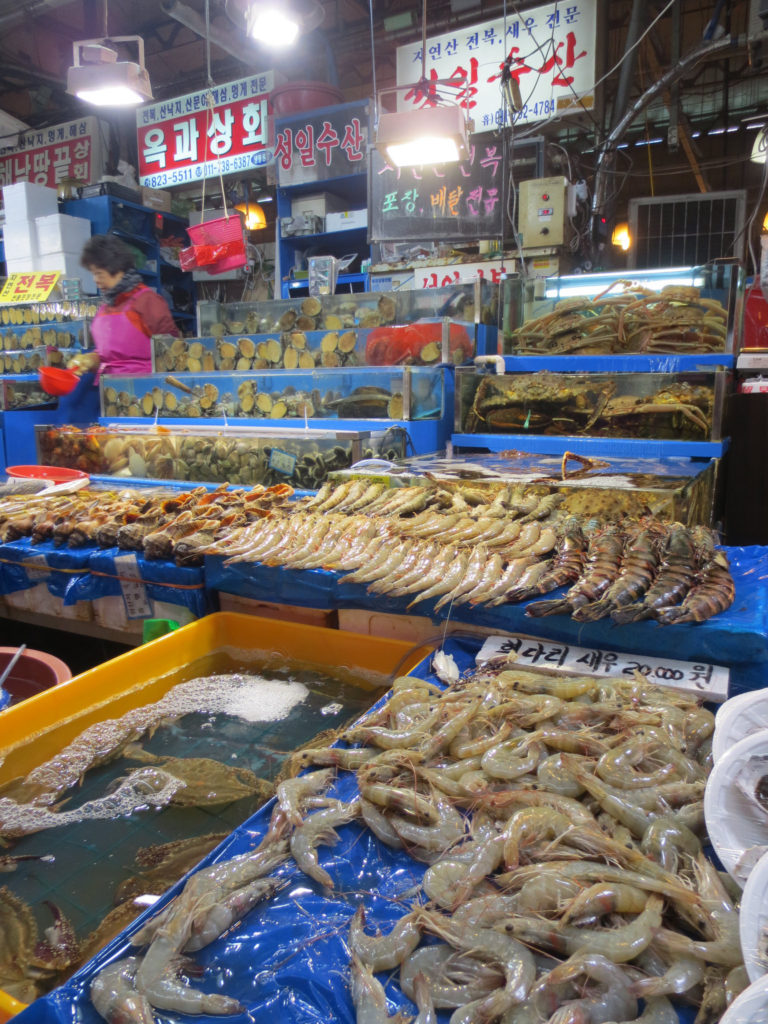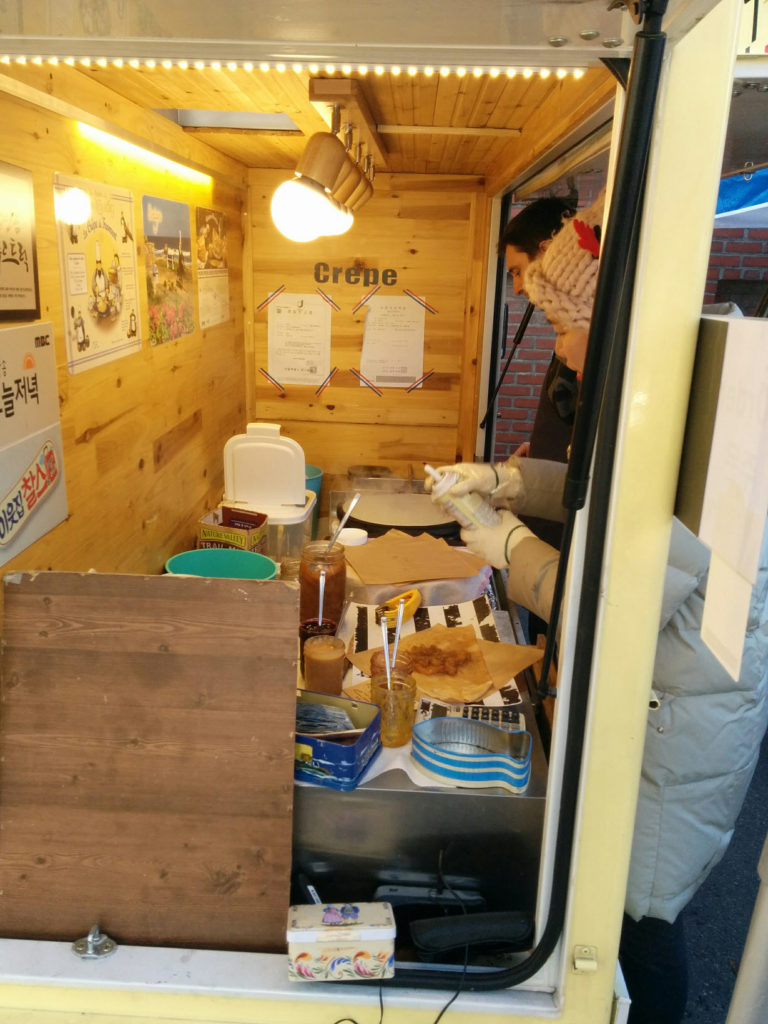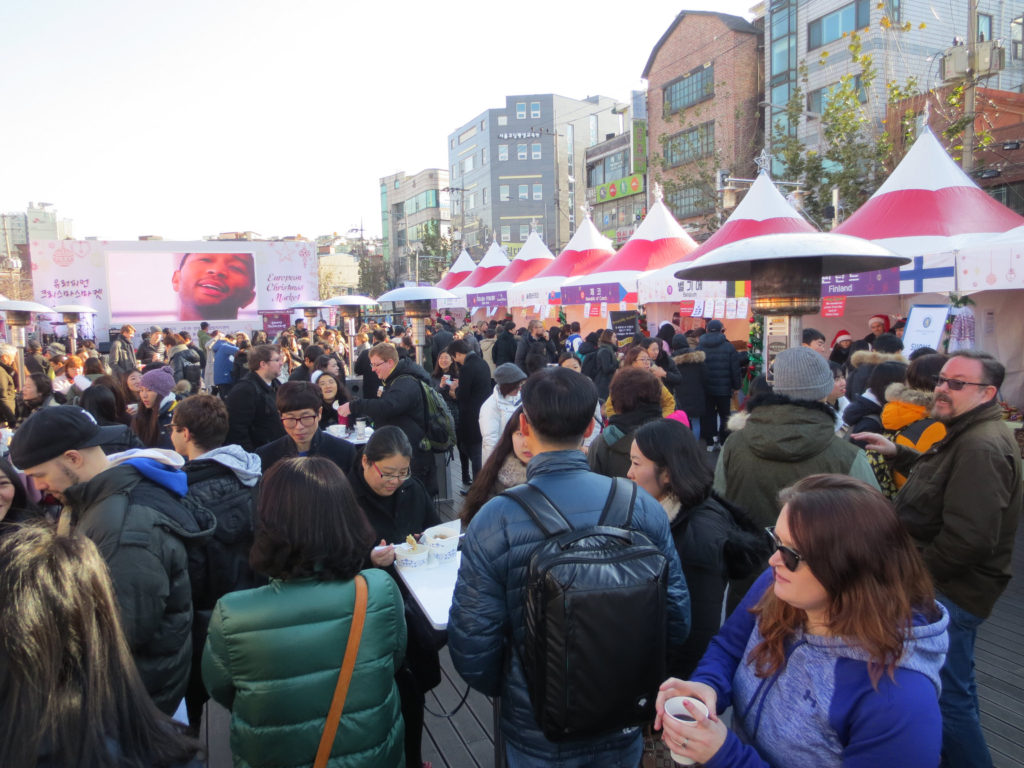In Seoul in early December 2016, I found myself blocks away from the National Assembly building where, earlier in the day, the Assembly voted to impeach their President, Park Geun-hye. The city was undeniably tense – protests blocked the streets in front of the Assembly (one individual tried to ride a John Deere tractor onto the Assembly grounds), buses were parked along the Sejong-daero to shield embassies and other buildings, televisions were set up in the train stations to broadcast the votes to impeach.
And then, just as quickly, it was quiet. I wandered out to the National Assembly that evening expecting to see a throng of people celebrating (or protesting) the result. In fact, it was very empty and quiet. It seemed as though the crowds found the result satisfactory and had no reason to stay around any longer. Time to go home. Things were so quiet that the guards took a look at me and let me onto the grounds to take a quick picture. Things had settled down enough and I apparently did not look like much of a threat.
The War Memorial of Korea details the conflicts that have engulfed the peninsula over the past few centuries with a great focus, not surprisingly, on the Korean War and the ongoing conflicts with the North Korean regime. The existential threat from the North looms over the more modern sections of the museum covering the present-day armed forces. Curiously, the memorial also has a kawaii mascot named Mudori – a marked contrast with the other memorabilia on the grounds.
I asked a reporter who was once stationed in Seoul for recommendations – some things to see that a local would enjoy but that a tourist might miss. She recommended the Noryangjin Fish Market, the Namsan Tower, and the Ihwa Mural Village. Since it was Advent, I discovered a couple of European Christmas Markets that required my attention (there was glühwein involved).

